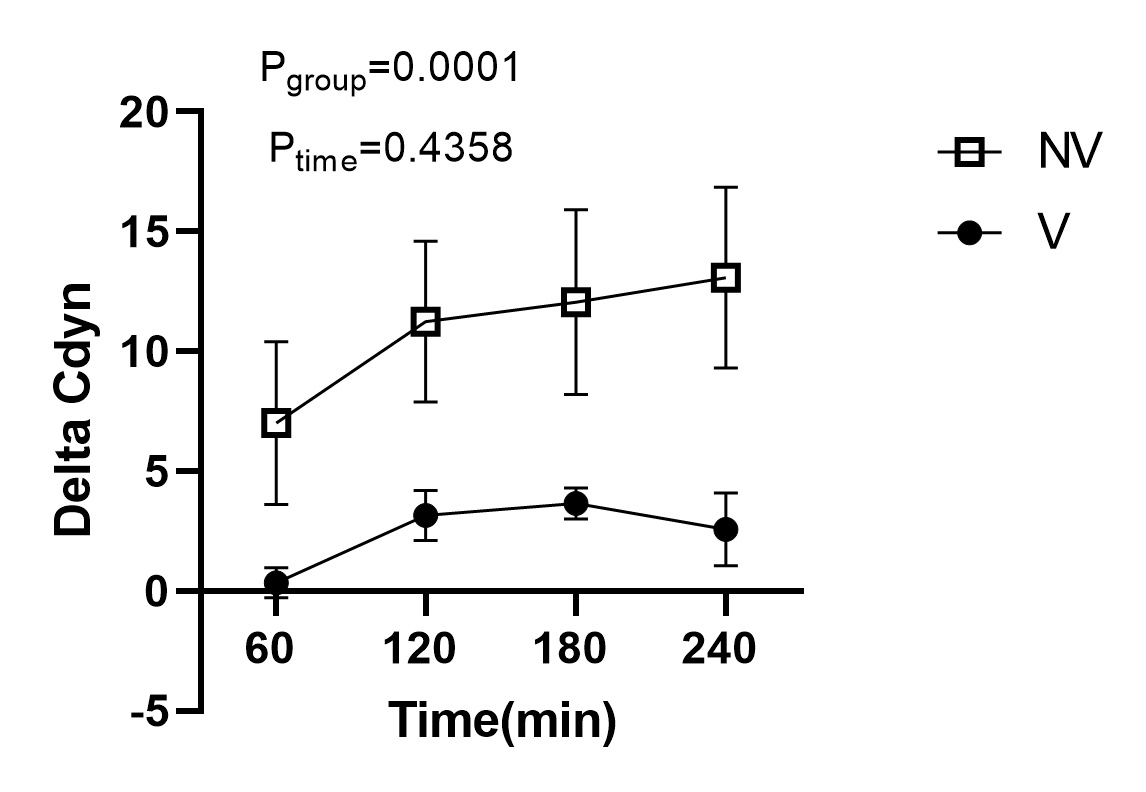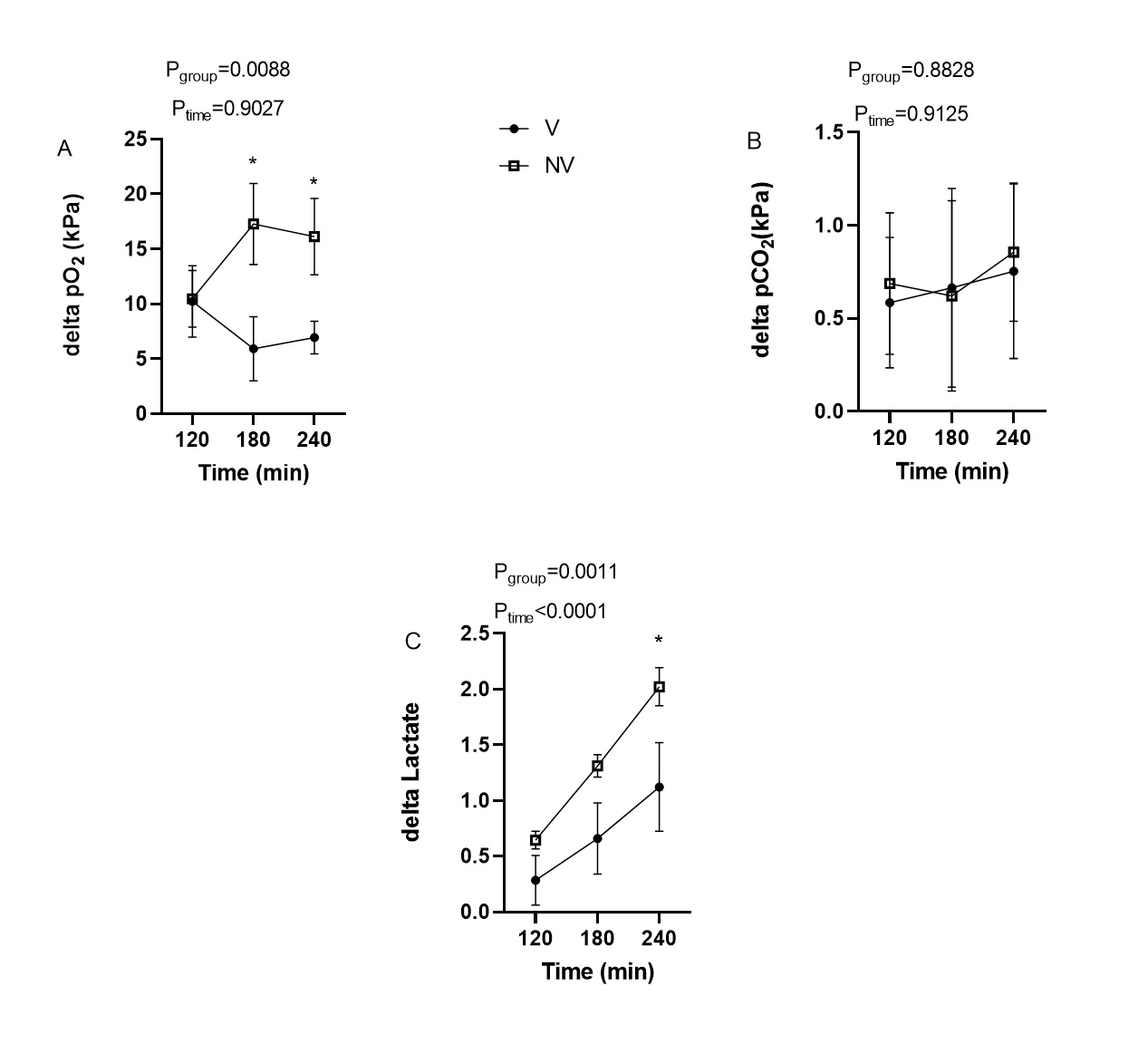Effects of ventilation during warm ischemia in a model of ex vivo lung perfusion in sheep
Mayara Munhoz de Assis Ramos1,2, Lucas Ferreira da Anunciação1, Fernanda Yamamoto Ricardo da Silva1, Cristiano de Jesus Correia1, Luiz Felipe Pinho Moreira1, Henri Leuvenink2, Ana Cristina Breithaupt-Faloppa1.
1Cardiopneumologia, Faculdade de Medicina da Universidade de São Paulo, São Paulo, Brazil; 2Surgery, University Medical Center Groningen, Groningen, Netherlands
Laboratorio de Cirurgia Cardiovascular e Fisiopatologia da Circulação (LIM-11).
Background: Lung transplantation is one of the last options to treat end-stage diseases. Lungs are easily injured organs, but, to expand the donor pool and to decrease the waiting list, further studies on marginal organs are necessary. Several countries already use donation after circulatory death (DCD), which can be controlled and uncontrolled. One variable that changes in these categories is ventilation. Thus, this study aimed to investigate the effect of ventilation during the warm ischemia period in sheep lungs that underwent EVLP.
Methods: Sheep lungs were procured from local abattoir. A warm flush (37oC) was performed. The lungs were divided in two groups: ventilated (V) or not ventilated (NV) for 2 hours of warm ischemia. Followed by 2h of static cold storage. Finally, EVLP was performed for 4 hours with low-flow (20% of cardiac output) approach, pressure-controlled ventilation with an innovative self-made perfusion solution. Lung biopsies and perfusate samples were collected. Tissue fragments were placed in culture for 24 hours (explant). Ventilatory parameters and perfusion pressures were recorded. Hourly gas analyses were performed. Cell damage markers were measured in perfusate and in explant medium.
Results: NV presented a more expressive increase after 240 min of EVLP in the delta dynamic compliance (P=0.0001), delta pO2 (P=0.0082) and delta lactate (P=0.0011) than the V group. There were no differences between the groups in delta pCO2 (P=0.8828). Histology indicates that there are more units of hemorrhage at the end of EVLP in NV (P=0.0848) than V. Hemorrhage decreases from the ischemia time to the end of EVLP (V P=0.0031; NV P=0.0457). During the perfusion ASAT and LDH did not differ between the groups (P=0.7828 and P=0.9749).
Conclusions: Sheep lungs that were ventilated during 2h of warm ischemia presented similar outcomes to lungs that were not ventilated during this period.


This study was financed in part by the Coordenação de Aperfeiçoamento de Pessoal de Nível Superior – Brasil (CAPES) – 88887.716771/2022-00 from Program CAPES-PRINT. This study was financed in part by the Coordenação de Aperfeiçoamento de Pessoal de Nível Superior – Brasil (CAPES) - 88887.511368/2020-00.
[1] lung
[2] circulatory death
[3] DCD
[4] organ perfusion
[5] in situ perfusion
[6] regional
